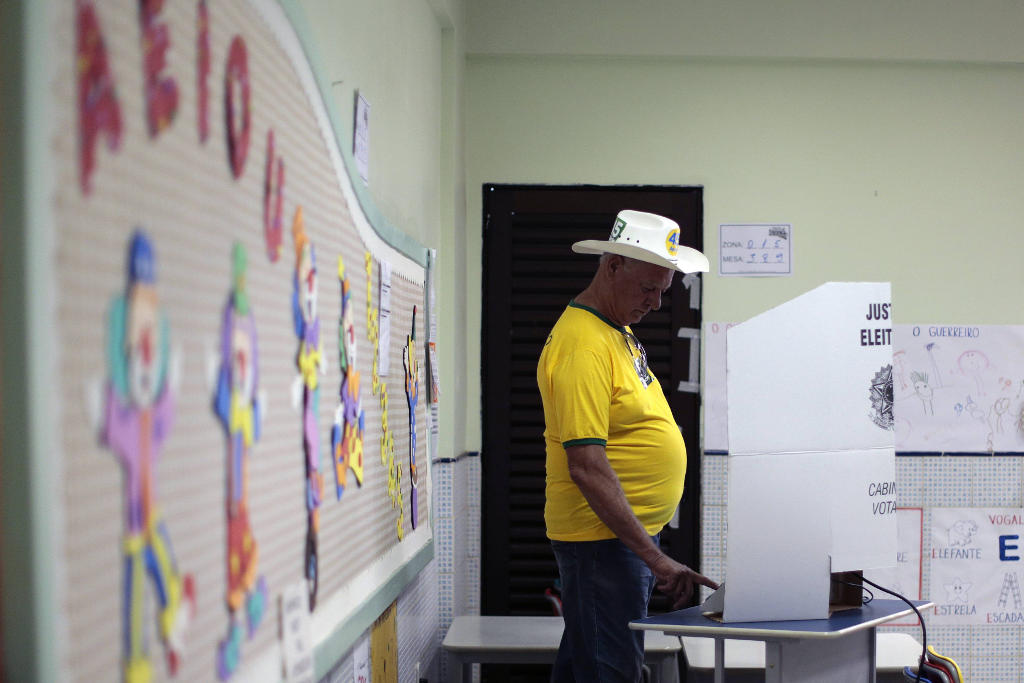By Leonardo Valdés-Zurita
Former President Councilor, Federal Electoral Institute of Mexico
Latin America began its democratic transition during the 1980s – part of what Samuel Huntington called The Third Wave of Democratization. They were very complex and diverse political processes. Political changes were brought about by the triumph of guerrilla wars, as in Nicaragua; or the signing of peace agreements that ended civil wars, as in El Salvador. Military rules fell and party systems that had worked before dictatorship periods were reinstated, as in Argentina, Chile and Uruguay; or a new party system was created, as in Brazil. There was also the slow transformation of a hegemonic party system into a plural and competitive one, as in Mexico.
Latin American democracies have been consolidated for more than 25 years, but like other democracies in the world, they face major problems and challenges. Serious economic and social inequality persists and has led to a high level of dissatisfaction with democracy and an increase in the voices that propose authoritarian government as a solution. The degree of democratic dissatisfaction is not homogeneous; in addition, the heterogeneity of the continent is exacerbated by different situations in different countries.
Despite this diversity, Latin American nations all face the common challenge of strengthening democracy. This challenge is set out in a 2012 report by The Global Commission on Elections, Democracy and Security, headed by Kofi Annan(X). That Commission postulated: “For elections to embody democracy, further development and promote security, they must be conducted with integrity.” Electoral integrity depends on many factors but two are essential according to the Global Commission: “For elections to have integrity, they must be conducted competently in a professional, non-partisan, transparent manner and just as importantly, voters must have confidence in their conduct”.

Latin American success stories
In Latin America, we have made huge strides in the formation of professional and impartial electoral bodies. In a recent report the Atlantic Council noted this, stating “Brazil, India, Mexico, and South Africa are among noteworthy examples that merit praise for their strong, independent, and effective electoral institutions. Other democracies, new and old, should look to them as models.”(XI) The successful implementation process of electronic voting in Brazil is discussed. This system started in the 1990s and has produced a significant increase in voter confidence, mainly due to the speed with which results are arrived at and disseminated in the most populous country in Latin America – in the 2014 elections the results were known within 2 hours. The Brazilian electronic voting has also helped to enfranchise the inhabitants of remote and inaccessible regions.
The Mexican experience
Despite not having electronic voting, Mexico is another good example of how technology can be successfully used to conduct elections. To take two examples, the electoral roll and the Program of Preliminary Election Results, Programa de Resultados Electorales Preparatorios (PREP) have been successful, thanks to the advanced technology applied in both cases.
In the early 1990s voter registration using biometric information was introduced. The electoral roll is a database of more than eighty million georeferenced citizens and their biometric information, including their pictures. By law, Mexicans must vote in polling stations located very close to their homes. The electoral authority issues a voter card linked to the polling station, which includes the photograph of the voter. That document is already the primary means of identification. Voter lists at each polling station include printed photographs of voters, so that, in addition to identification by name, photo verification can also be used. Mexico must move towards biometric identification of voters, as already happens in Venezuela and many other countries in order to further improve elections.

Through the PREP system, results from each polling station are published on the internet in just 24 hours. This process enables the capture and display of almost 100% of the results from polling stations. This is made possible by the use of technology for secure data transmission and the ability to securely publish big data on the internet. The data is preliminary, since, by law, computations of results must be performed manually. In order to introduce electronic voting in Mexico, a reform of the electoral law would be required. If that were to happen and electronic voting was fully implemented, final results would be available within a few hours after voting stations are closed, as is the case in Brazil.
It is possible to organize elections with integrity in Mexico and Latin America with the use of developed electoral technology. The use of such technology will ensure the credibility and transparency of elections, helping citizens to have more trust in the results. That will be an important contribution to the development of democracy in the Americas.